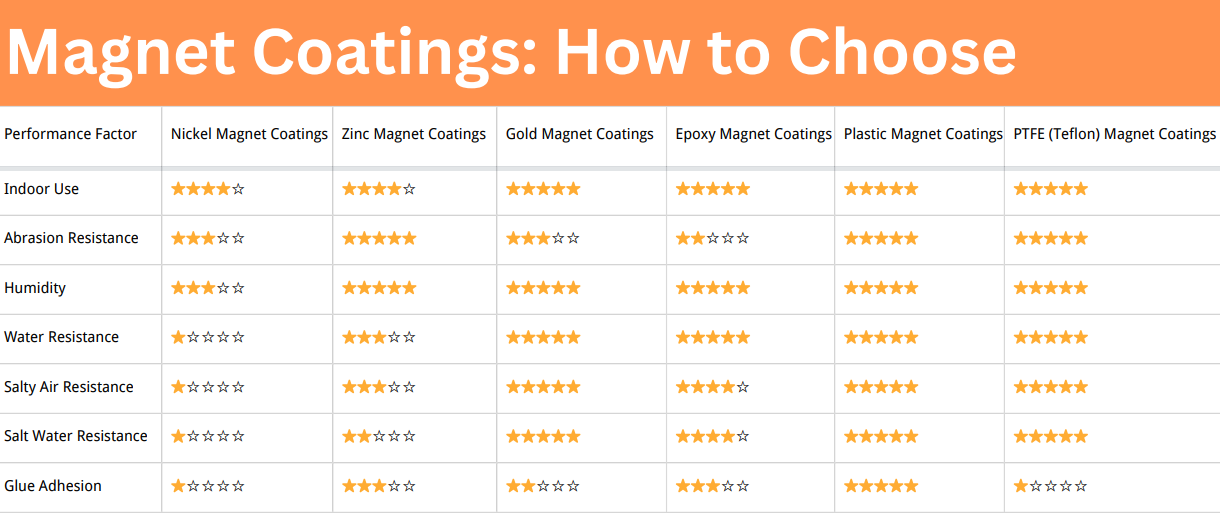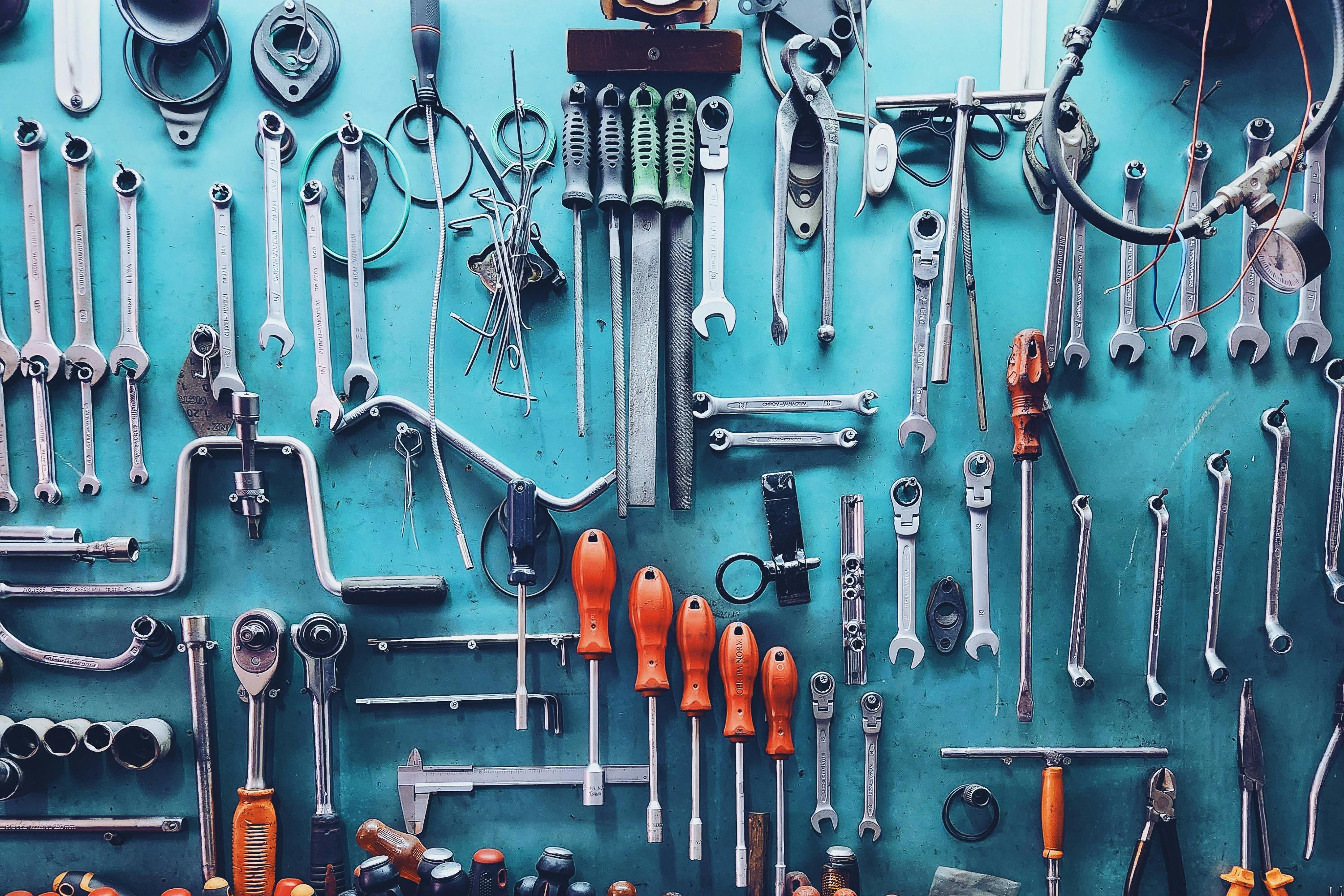What are the Four Types of Magnets?
There are many types of magnets, which are generally divided into two categories: permanent magnet and a soft magnet. The permanent magnet is divided into two categories. The first category is metal alloy magnets, including neodymium iron boron magnets, samarium cobalt magnets, and aluminum nickel cobalt magnets. The second major categories are ferrite permanent magnets.
Types of Magnets 1: Ferrite magnet
Its main raw materials include BaFe12O19 and SrFe12O19. It is a brittle material with hard texture. Ferrite magnet has been widely used because of its good temperature resistance, low price, and moderate performance. Ferrite magnets have high magnetic properties, good time stability, and low-temperature coefficient.
Ferrite magnet applications: widely used in meters, meters, motors, automatic control, microwave devices, radar, and medical devices. The magnetizing direction of ferrite magnet can be magnetized axially and radially according to requirements.
Ferrite magnet shape: cylindrical, circular, rectangular, flat, tile, and hatchet.

Types of Magnets 2: NdFeB magnet
Nd-Fe-B is the most commercially available type of magnet, known as the magnet king, with extremely high magnetic properties, its BHmax is more than 10 times higher than that of ferrite. Its mechanical properties are quite good. The working temperature can reach up to 200 degrees Celsius. Moreover, its texture is hard, its performance is stable, and its cost performance is very good, so its application is extremely extensive. However, because of its strong chemical activity, the surface layer must be treated.
Uses: NdFeB permanent magnet is a permanent magnet material based on the intermetallic compound Nd2Fe14B. Neodymium iron boron permanent magnets have been widely used in modern industry and electronic technology because of their high magnetic energy product and rectification force, and the advantages of high energy density.
Material characteristics: Nd-Fe-B has the advantages of high-cost performance and good mechanical properties; the disadvantages are low Curie temperature point, poor temperature characteristics, and easy to pulverize and corrode. It must be improved by adjusting its chemical composition and adopting surface treatment methods to meet the requirements of the practical application.
Manufacturing process: NdFeB is manufactured by the powder metallurgy process.
Shapes: neodymium arc magnets, neodymium cylinder magnets, neodymium block magnets, neodymium ring magnets, neodymium disc magnets, neodymium countersunk magnets.

Types of Magnets 3: Samarium cobalt magnet
SmCo magnet is divided into SmCo5 and Sm2Co17 according to their components. Because of the high price of SmCo materials, the development of SmCo is limited. SmCo magnets, as rare earth permanent magnets, not only have high magnetic energy product (14-28MGOe), reliable coercivity, and good temperature characteristics. Compared with NdFeB magnets, samarium cobalt magnet is a type of magnets more suitable for working in the high-temperature environment.
Sm-Co magnets are also known as Sm-Co permanent magnets, Sm-Co permanent magnets, Sm-Co strong magnets, rare earth cobalt permanent magnets, and so on. It is a kind of magnetic material made by mixing Sm, Co, and other rare earth metal materials, melting into the alloy, crushing, pressing, and sintering. It has a high magnetic energy product and a very low temperature coefficient. The highest working temperature can reach 350℃, and the negative temperature is unlimited. When the working temperature is above 180℃, the maximum magnetic energy product and temperature stability and the maximum magnetic energy product are obtained. The chemical stability is higher than that of the NdFeB permanent magnet.
Applications: It is widely used in aerospace, defense, military, microwave devices, communications, medical equipment, instruments, various magnetic transmission devices, sensors, magnetic processors, motors, magnetic cranes, and so on.
Samarium cobalt magnets typical shapes: circular, ring, square, tile, and other special shapes.
Types of Magnets 4: AlNiCo magnet
Aluminum nickel cobalt magnet is a kind of alloy composed of aluminum, nickel, cobalt, iron, and other trace metal elements. The casting process can be made into different sizes and shapes, with good workability. The cast aluminum nickel cobalt permanent magnet has the lowest reversible temperature coefficient, and its working temperature can be as high as 600 degrees Celsius. Al Ni Co permanent magnet products are widely used in various instruments and other applications.
Classification of aluminum nickel cobalt magnets: cast aluminum nickel cobalt and sintered aluminum nickel cobalt.
Applications: Cast Aluminum-nickel-cobalt products are mainly used in automotive parts, instrumentation, electro-acoustic, motors, teaching, and Aerospace Military fields, with low-temperature coefficient, high temperature, humidity resistance, not easy to oxidize, and good working stability. Sintered aluminum nickel cobalt is produced by powder metallurgy. It is suitable for producing complex, light, thin, and small products. It is widely used in instruments, communications, magnetoelectric switches, and various sensors.
Shapes: cylindrical, circular, rectangular, flat, tile, horseshoe.
What are the Four Types of Magnets?
| Type | Br (Gauss) | HC (Oersteds) | BH max (MGOe) | Density (g/cm³) | Max Operating Temp (°C) | Temp Coefficient (%/°C) |
|---|---|---|---|---|---|---|
| Neodymium (N42) | 13,000 G | 11,500 Oe | 42 MGOe | 7.4 g/cm³ | 80°C | 0.11% |
| Alnico (Alnico 5) | 12,500 G | 640 Oe | 5.5 MGOe | 7.3 g/cm³ | 500°C | -0.02% |
| Ceramic (C8) | 3,850 G | 2,950 Oe | 3.5 MGOe | 5.0 g/cm³ | 180°C | -0.2% |
| Samarium Cobalt | 11,000 G | 9,700 Oe | 28 MGOe | 8.4 g/cm³ | 350°C | 0.11% |
Thank you for reading our article and we hope it can help you have a better understanding of the Four Types of Magnets.
If you want to know more about permanent magnets, we would like to recommend you to visit Stanford Magnets for more information. Stanford Magnets is a leading magnet supplier around the world, that has been involved in R&D, manufacturing, and sales of magnets since the 1990s. It provides customers with high-quality rare earth permanent magnetic products, and other non-rare earth permanent magnets at a very competitive price.














